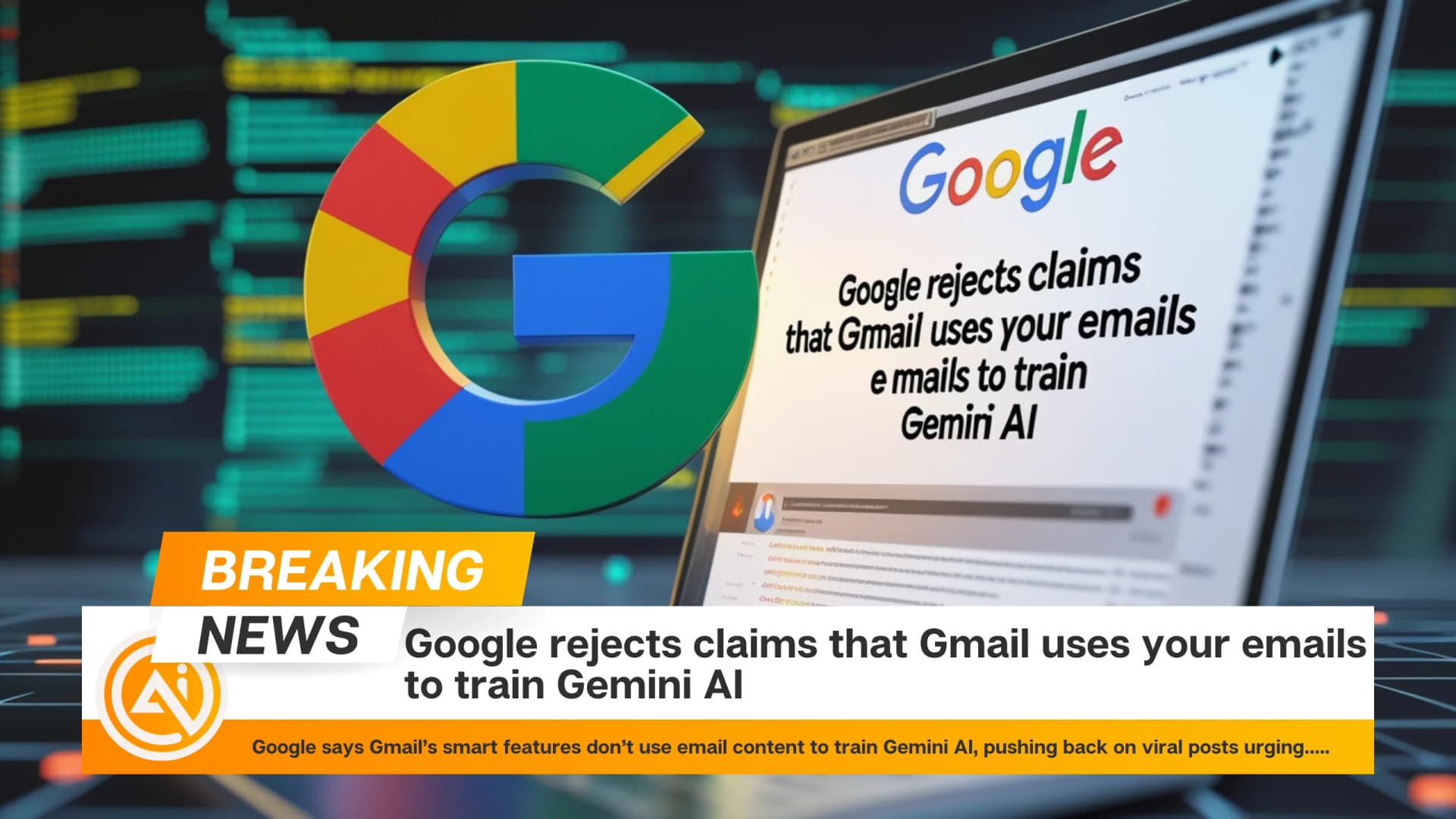Meta has launched a new AI tool named “Meta Video Seal” which is designed to watermark AI-generated videos in response to the rising issue of deepfakes. Generative AI technology is increasing quickly, and the internet has seen a wide increase in fake content.
According to ID verification platform Sumsub, deepfakes have increased from 2023 to 2024, accounting for 7% of all fraud, including impersonations, account takeovers, and complex social engineering scams.
To get rid of this problem, Meta ensures that its new tool will make a significant contribution. On Thursday, the new tool was released as open-source software, which is intended to be integrated into existing software systems to help protect and detect original video content.
It joins other Meta watermarking tools, including Watermark Anything, which was recently re-released, and Audio Seal.
Pierre Fernandez: AI Research Scientist at Meta
"The main purpose of Meta Video Seal is to provide a more robust video watermarking solution that is helpful for detecting AI-generated content." Some previous tools were also either inefficient at scale, not open for use, or were adapted from image watermarking, which doesn’t work well for videos. Video Seal is designed to resist standard edits, such as blurring and cropping, and can withstand popular video compression algorithms.
In addition, Video Seal cam embeds hidden messages within videos that can be uncovered later to analyze the origin of the video. The following features make it easier for users to verify whether a human has generated a video or is AI.
However, The main challenge is the balance between making the watermarks visible enough to be detected and ensuring they remain strong against manipulation. Video Seal's watermarks could be altered or lost entirely with heavy video compression or significant edits.
